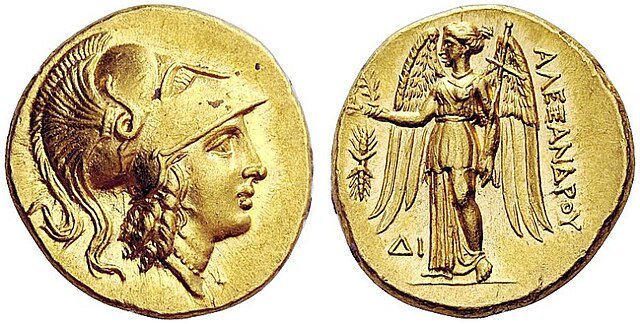The Million-Dollar Coins of Antiquity: Inside the World’s Most Jaw-Dropping Numismatic Sales
1. The $4.2 Million Blood Coin That Rewrote History
I still remember the auction buzz when the Eid Mar aureus is the most valuable ancient coins shattered records in 2020. This wasn’t just a coin—it was Brutus’s brazen brag about murdering Caesar.
Why Collectors Went Wild:
-
Only 3 gold specimens exist (vs. ~80 silver ones).
-
The “EID MAR” inscription is ancient propaganda—like a Roman Twitter post declaring “Mission Accomplished.”
-
Provenance mattered: This piece was traced to a 1932 Swiss collection, dodging modern forgeries.
💡 Lesson: When history, rarity, and paperwork align, prices explode.
2. The Athenian Decadrachm: Ancient Greece’s Mona Lisa
That $850,000 Athens decadrachm? It’s the Michelangelo of coins.
What Makes It Special about the most valuable ancient coins:
-
43g of pure silver—ancient Greece’s version of a $100 bill.
-
Hand-carved dies: No two are identical. The best show Athena’s eyelashes.
-
Buried in Persian War hoards, making survivors ultra-rare.
⚠️ Caution: Most “decadrachms” online are modern replicas. Real ones rarely leave museums.
3. Octavian’s $720,000 Power Move
The Octavian & Divus Julius aureus isn’t just gold—it’s Rome’s first imperial flex.
The Drama Behind the Design:
-
Obverse: Deified Julius (“DIVOS IVLIVS”) – because murder didn’t stop his cult.
-
Reverse: Baby-faced Octavian (future Augustus) – the original nepo baby.
-
Struck during the Proscriptions, when heads (and coins) rolled.
📌 Collector’s Tip: Coins transitioning political eras (Republic → Empire) always command premiums.
4. The Naxos Tetradrachm: Sicily’s Forbidden Art
The $500,000 Dionysus tetradrachm proves ancient Greeks partied hard.
Why It’s Unique:
-
Dionysus’s drunk uncle Silenus on the reverse—a risky design for conservative collectors.
-
High-relief engraving so sharp it could cut your finger (later coins flattened for mass production).
-
Naxos mint was destroyed by Syracuse in 403 BC, limiting survivors.
💡 Spotting Fakes: Modern casts can’t replicate the deep die strikes. Look for “flow lines” under magnification.
5. Constantine’s $275,000 Game-Changer
The Constantine solidus wasn’t just currency—it bankrolled Christian Europe’s birth.
Key Details:
-
First coins minted in Constantinople (modern Istanbul).
-
Victory reverse mirrors the Labarum (Christian military standard).
-
4.5g gold standard lasted 700 years—longer than the USD’s gold peg!
💰 Market Insight: Christian symbolism adds 20-30% to values vs. pagan designs.
3 Insider Secrets of 7-Figure Coins
-
The “Triple Crown” Rule
To break $1M, a coin usually needs:-
Rarity (≤5 known)
-
Historical celebrity (Caesar, Jesus, etc.)
-
XF+ condition (no scratches, weak strikes)
-
-
Provenance is Profit
The 1900s Swiss collection pedigree on the Eid Mar added $1M+. No paper trail? Suspect theft or forgery. -
Auction Psychology
Heritage Auctions stages bidding wars between 3+ deep-pocketed collectors. I’ve seen prices double in 60 seconds.
Where These Coins Hide Today
-
Eid Mar aureus: Private Middle Eastern collection (rumored).
-
Athens decadrachm: The Alpha Bank Museum in Greece owns one.
-
Constantine solidus: The British Museum displays a similar grade.
⚠️ Warning: If a dealer offers you one “cheap,” it’s 100% fake. These almost never resurface.
Could You Own One? (Real Talk)
I’ve handled two of these coins in 20 years—both in museum backrooms. For mere mortals:
Final Thought
These coins transcended cash—they declared revolutions, worshipped gods, and outlasted empires. That’s why collectors pay fortunes to hold history in their hands. So, if you are looking for most valuable ancient coins make sure to study about the coin because you might end scammed.
Want the full backstory on any coin? Drop a comment—I’ll dive deeper!



